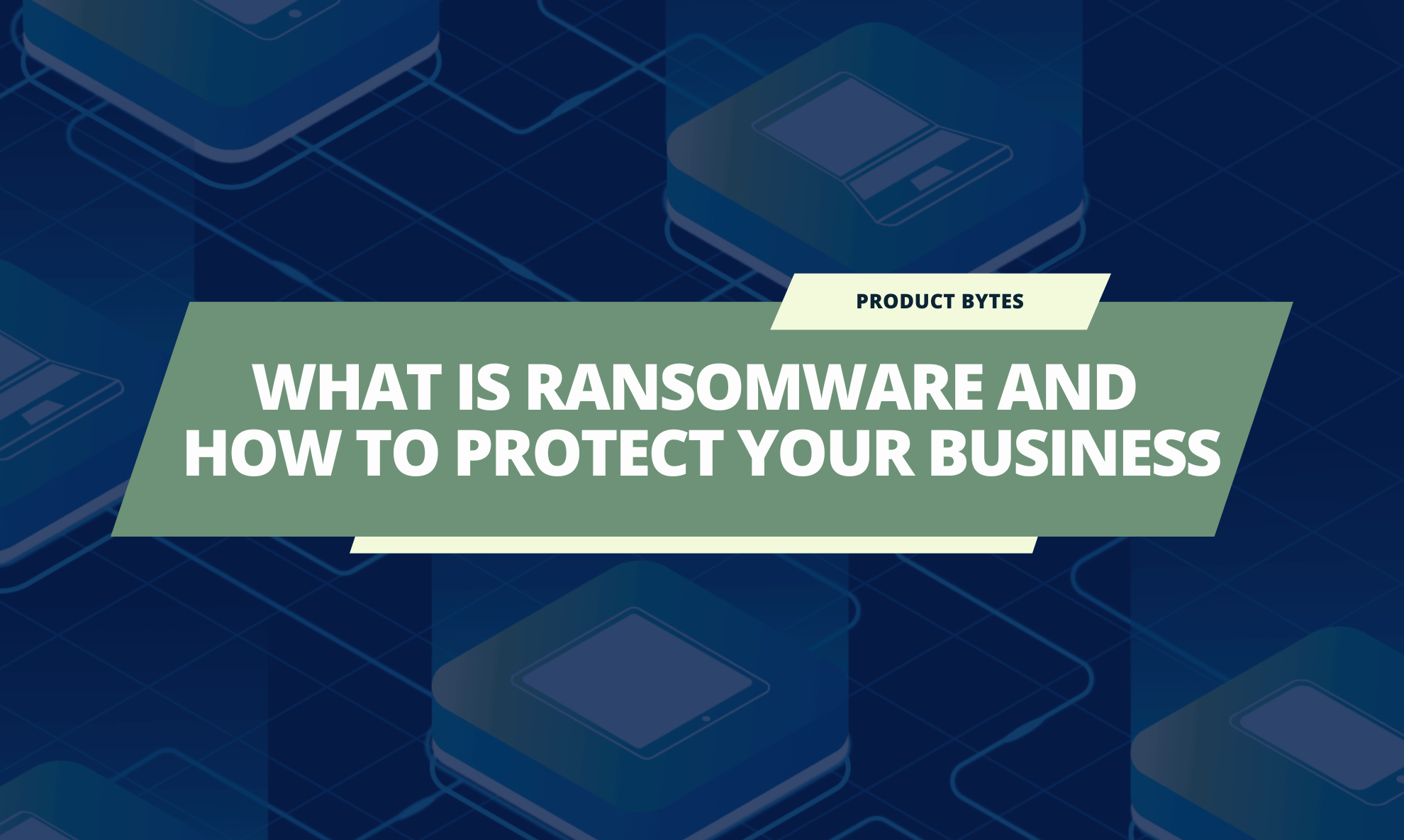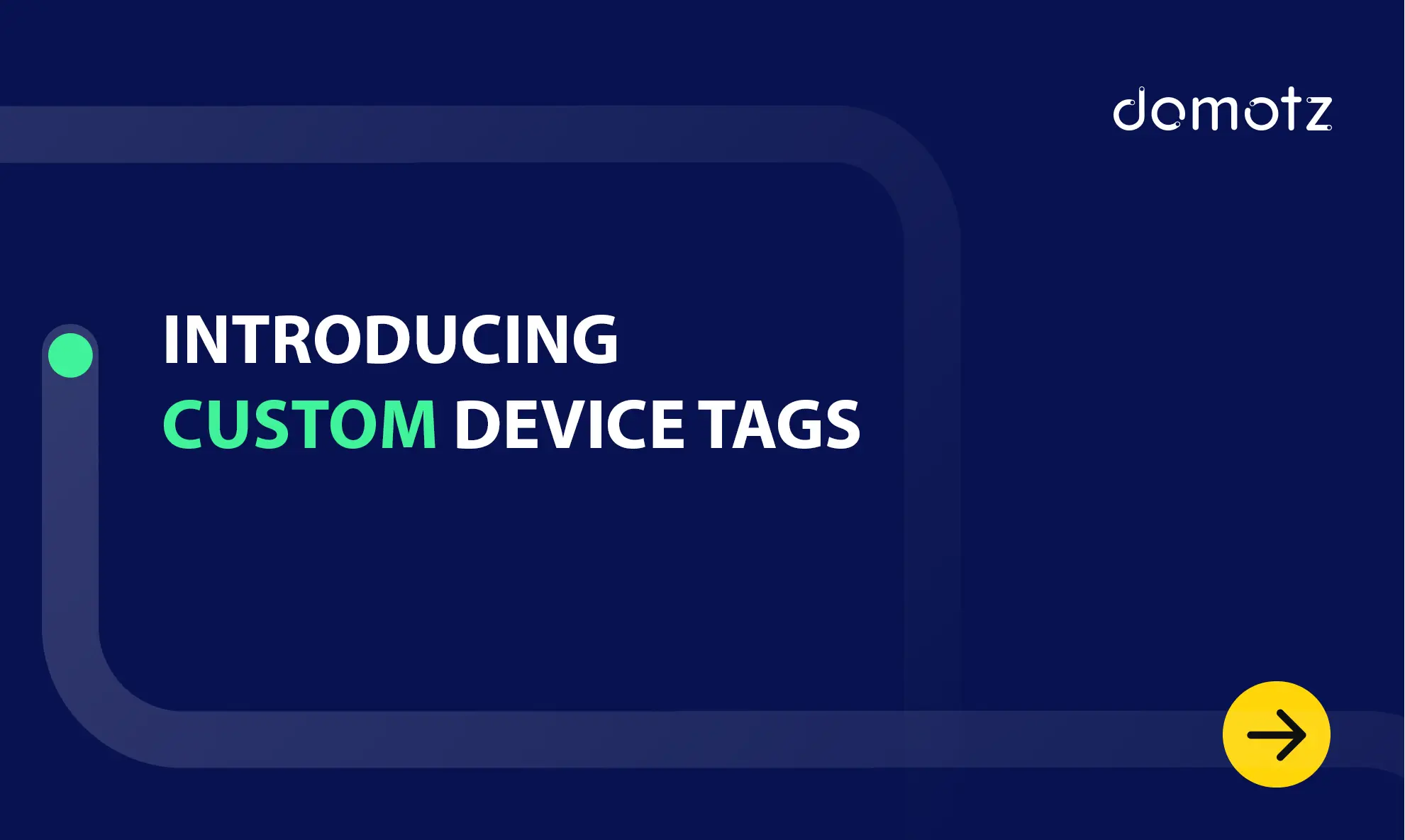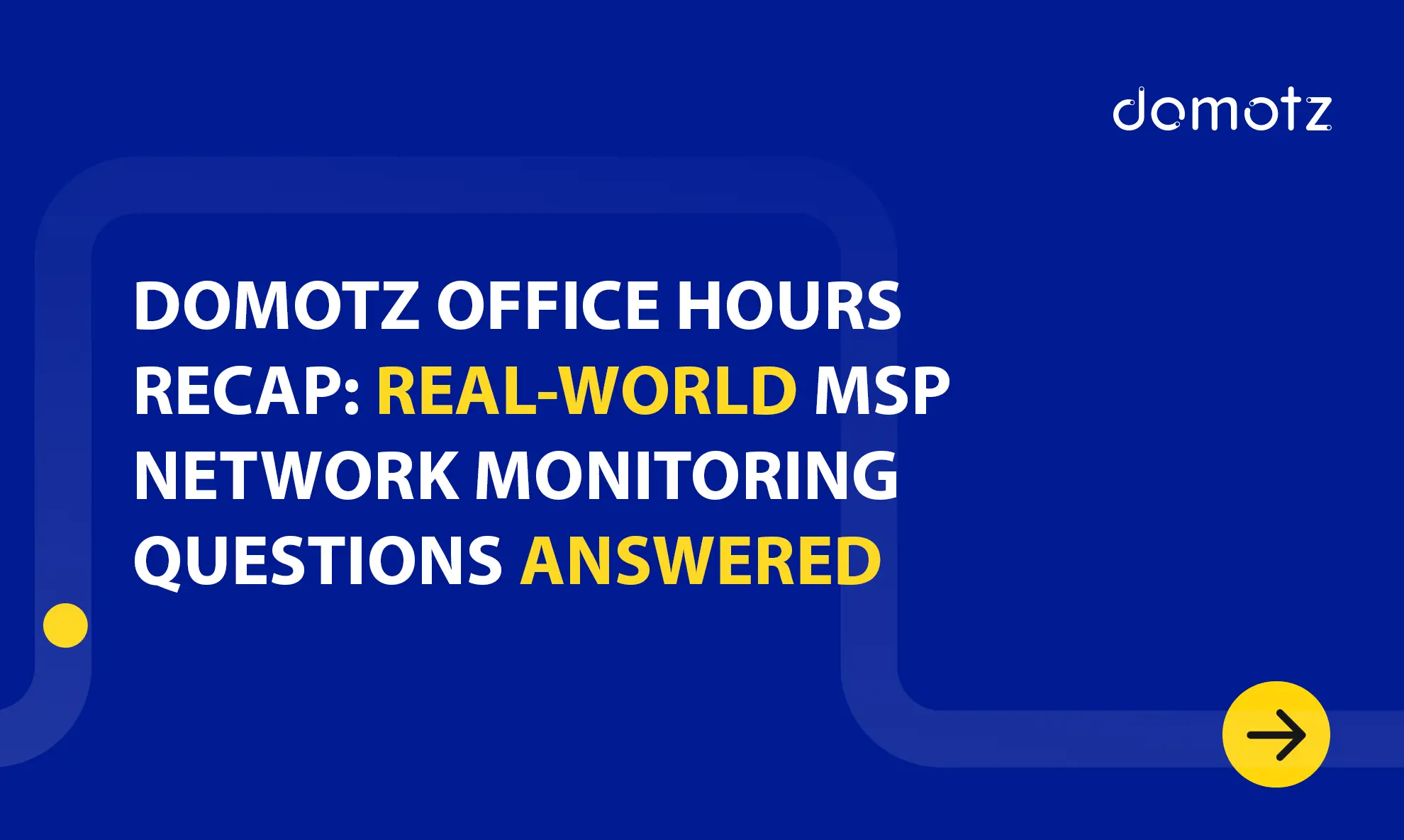According to an infographic from ERP cybersecurity vendor Onapsis, nearly half of mid-market and enterprise organizations have experienced four or more ransomware attacks in the last year, and 83% have experienced at least one.
Just recently, Japanese tech brand Casio revealed it had suffered a ransomware incident and had to warn customers that personal data may have been stolen.
The cruel truth is that these types of attacks’ financial and reputational ramifications are extensive. That’s why it’s so important that more people understand the risks and how to mitigate them.
Keep reading to learn precisely what ransomware is, how it works, and how to protect your organization from being the victim of this cybercrime.
What Is Ransomware?
Ransomware is a type of malware that blocks your access unless a “ransom” is paid. It takes its name from two words: “ransom” and “software”. It’s essentially malicious software introduced into a system that takes that system hostage. A ransom is demanded to restore access to your files.
Hackers often threaten to expose data or further harm an organization to incentivize speedy payment. However, paying the ransom can’t undo the damage. Even once systems are accessible again and the malware is removed, organizations are still left to pick up the pieces of an exposed cyber system and the possibility of data leaks.
How Does Ransomware Work?
The ransomware lifecycle has three general stages:
- Infection: To launch ransomware, hackers distribute malware that gives them access to your data. The most common site of infection for ransomware is phishing emails with links that, when clicked, trigger the malware download. Other vulnerability points are if hackers get access to someone’s credentials and are then able to remotely access and infect systems that way. There have also been instances of hackers exploiting weaknesses in other software, operating systems, and insecure networks.
- Data Encryption: Once the malware is downloaded and has access to a system, it will begin exploiting existing encryption functionalities for the benefit of the attacker. Some ransomware variants are more refined than others and work to encrypt both original and backup versions of files. Either way, it usually lands people locked out of their own systems and files. Only the hacker has the key.
- Payment Demands: The final ransom note can be communicated in several ways – via email, with a change in the display screen, or even in the encryption directory of the files held hostage. There’s always a demand made for an amount, how it should be paid (usually through cryptocurrency), and a deadline. Paying the ransom should grant entry back into the system, but there’s often added damage to contend with.
Some ransomware attacks will expand on these steps by stealing data or using their system access to exploit other vulnerabilities further. Unfortunately, hackers will do all they can with that advantage once the malware is in.
How To Monitor And Detect Ransomware
With ransomware attacks on the rise, it’s realistic to say that almost every organization and individual will be subject to some kind of attempt.
It’s not a matter of if but when.
That’s why it’s crucial to have tools in place that are constantly monitoring for ransomware:
- Anti-Virus & Anti-Malware Software: Of course, the first thing to do is to adopt anti-virus software. The best version of this software won’t just monitor the software on your system but also flag unusual behaviors. Learn about the best antivirus software for 2024.
- File Integrity Monitoring: One of the most effective ways to catch encryption attempts is to implement software that monitors file changes and sends alerts when unauthorized changes have occurred. Read more about file integrity monitoring.
- Intrusion Detection Systems: It’s common for ransomware attacks to use shared networks as an entry point. IDS tools can help detect any strange network activity that might be down to a hacking attempt. Find out more about the best IDS tools.
With all of this, however, it’s critical to have a system that allows monitoring across all devices and networks. It’s only by having eyes on every part of your cyber footprint that ransomware attacks can be effectively detected and prevented.
How To Prevent Ransomware Attacks – Dos And Don’ts for Ransomware
If you find yourself hit with a ransomware attack, here’s what to do and what not:
Do:
- Make an inventory of what’s been affected.
- Isolate any affected devices from shared networks to limit the spread of the malware.
- Report the incident to a cybersecurity professional as quickly as possible.
- Check if your backups are safe.
- Get legal assistance, especially if there’s a notable data breach that impacts clients, customers, etc.
Don’t:
- Disconnect servers until you’re sure they haven’t been affected.
- Try to fix things without a cybersecurity professional.
- Pay the ransom. It might seem like a quick fix to just pay the money and be done, but it’s rarely as simple as that.
How To Defend Against Ransomware – Seven Steps To Defend Your Business
The frequency of ransomware attacks and the increasing costs they incur require a well-elaborated strategy against ransomware.
Here are five steps with some robust, proactive cyber security measures that you can use to protect your business:
1) Secure yourself first
- Implement proper security measures regarding firewalls, anti-virus, and anti-malware software.
- Segment networks so that ransomware is less likely to spread.
- Boost access controls with things like MFA so that it’s harder for attackers to gain unauthorized entry.
2) Train your staff and customers
Train staff on how to proceed if they’ve been sent strange emails or links or find themselves staring down a ransom note. Treat the possibility of a ransomware attack like any other emergency or security training. Run drills, develop a response plan, and update staff as new threats emerge.
3) Asset Management
Monitor networks and entire IT infrastructure for security hitches. You need to know what systems are connected to your network and how. IT infrastructure monitoring and management solutions like Domotz can help you here.
Domotz will give you full visibility on your network and automatically discover all your connected devices. Additionally, you’ll be able to arrange things quickly and handle everything with the Domotz Asset Inventory. Furthermore, you can see everything in an intuitive, easy-to-navigate, and automatic topology map.
4) Backup and recovery
Establish a regular backup schedule based on the criticality of the data you manage. Adopt automated backup solutions. Again, you can rely on Domotz to backup and restore network configurations for switches, firewalls, and access points and get alerts about changes.
5) Practice your ransomware response
What do you do if you are the victim of a ransomware attack? Where do you start first? Are some incident response processes automated?
Build a ransomware response plan to protect your clients and your business.
6) Ensure ransomware prevention features are a part of your service offerings
Make sure that every contract you sign includes a minimum amount of cyber security measures. Make sure you are providing both basic and supplemental protection for your clients.
7) Use tools to help you
You may handle the entire cyber security process with tools such as Defendify. If you want more knowledge and control over what’s happening on your network, you can also look at other crucial tools like Domotz network monitoring software.
The better prepared and monitored your IT systems are, the less likely your organization will be forced to pay the cost of a ransom attack. Don’t wait for a problem to occur before acting.
Read more about the best ransomware protection for 2024.
Why Are Ransomware Attacks Emerging?
The increase in ransomware attacks over the last few years is due to several different factors. The pandemic and the increase in people working remotely indeed exposed major cybersecurity vulnerabilities. The seemingly overnight shift to remote work in 2020 has led to a dramatic increase in cyberattacks, the Harvard Business Review reports.
The increased use of AI and mobile devices has also been cited as a major driver behind the spike, as has the sheer number of companies going digital without necessarily supporting that growth with adequate cybersecurity measures.
Further reading:
- Ransomware Prevention
- The Top Cyber Security Threats and Vulnerabilities in the IT Space
- Cybersecurity Awareness Month 2024 Events and Initiatives



